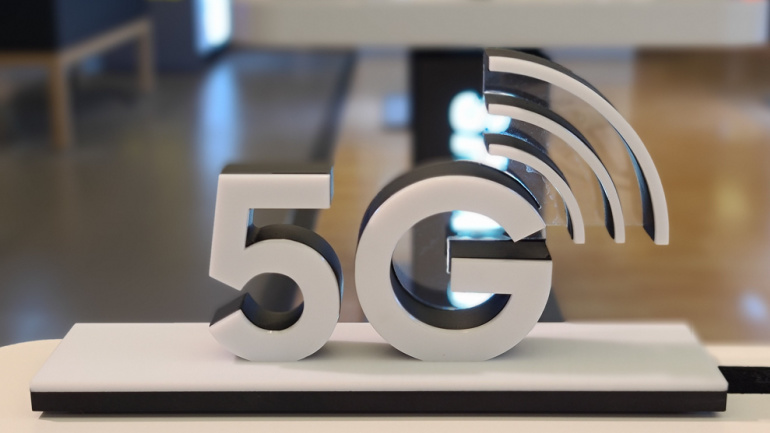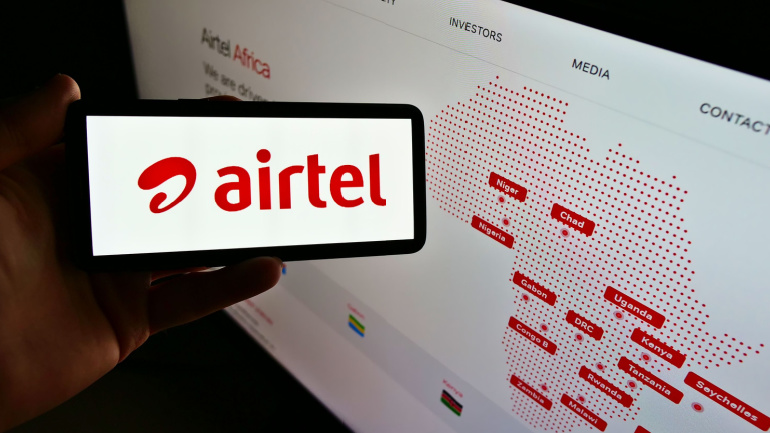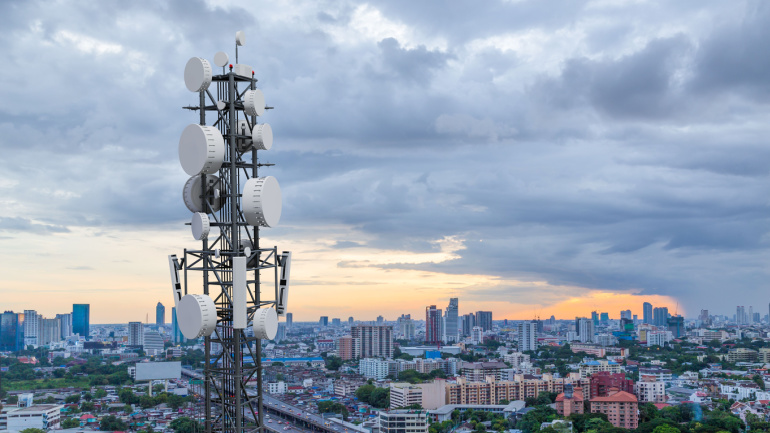Nokia, TPG and Mediatek are collaborating to showcase the power of carrier aggregation technology in live-streaming 360-degree broadcasts, a key element for future metaverse applications. The demonstration at Nokia’s 5G Futures Lab used multiple sub-6 GHz frequency bands to maximize 5G uplink speeds, enabling real-time transmission of high-quality video. The technology could revolutionize the viewing experience for TV, movies, sports and industrial metaverse scenarios such as remote-controlled robots performing hazardous tasks.
As Poland launches its long-awaited 5G spectrum auction in the 3.5GHz band, all four national mobile operators are joining the race. With COVID-19 delays and governmental cybersecurity amendments posing uncertainties, the stakes remain high in Poland’s quest for competitive 5G capabilities. As the process evolves, international eyes are keenly watching the influence of these audacious moves on the global telecommunications landscape.
The Biden Administration’s ambitious $2 trillion infrastructure plan injects considerable capital into US chip production, with the aim of bolstering national security and reducing reliance on foreign manufacturers. Last year, the US produced only 12% of the world’s chips, highlighting a dependency on international manufacturers, primarily in Asia. Intel emerges as a key beneficiary of this investment, declaring over $43.5 billion towards manufacturing units across the US. Yet, for some companies, the journey remains fraught with caution as they await the federal funding.
In a significant move, Airtel Africa has announced plans for its Uganda branch to list on the Ugandan Securities Exchange (USE). Some 20% of the company’s shares, amounting to roughly 8 billion, will be offered publicly. This strategy, aimed at boosting local ownership, coincides with a government directive and is expected to underscore the growth of capital markets. However, the final say lies with the Ugandan Capital Markets Authority…
Amid declining telco capital expenditures impacting vendor profits, private cellular networking shines as a beacon of hope. Recent research reveals a significant 60% YoY increase in Q2 revenues for private cellular networking equipment, offering new revenue streams for industry giants like Ericsson and Nokia. However, with greater benefits come complex challenges that, if overcome, could potentially catapult the market worth to a substantial $7.7 billion by 2027.
Delving into satellite technology, Telefónica forms a strategic alliance with Starlink to enhance global connectivity, specifically targeting rural and hard-to-reach regions. With initial implementation in Mexico, this high-speed internet service is set to expand to five more markets, indicating a promising shift in accessible global digital inclusion. But is this the harbinger of a new connectivity era or just a companion to existing solutions?
Intel and Samsung amplify their alliance to revolutionize virtualized Radio Access Network (vRAN) technology. With Intel driving RAN processes into a generalized realm and Samsung narrowing the divide with formidable RAN vendors, vRAN emerges as an attractive alternative to traditional RAN. But will the telecom industry celebrate this technological feat with the same fervor?
NEC Corporation has obtained O-RAN Certification from Japan OTIC (Open Testing & Integration Centres) for its MB5450 5G base station radio unit (RU), certifying that the RU conforms with the O-RAN Fronthaul Interface Specifications established by the Open Radio Access Network Alliance (O-RAN ALLIANCE). This RU has been delivered to Rakuten Symphony and is being deployed globally.
TDS, UScellular’s parent company, is reportedly reviewing strategic paths for the mobile operator, with market whispers around a possible sale or welcoming new investors, guided by Citi advisor. Currently the fifth-largest mobile service provider in the U.S., UScellular’s assets, including investment in 5G and numerous mobile towers, make it an attractive prospect for big-name telecoms like T-Mobile, Verizon, and AT&T. However, its segmented presence may pose challenges.
Cybersecurity landscape has been rapidly changing, as hackers abandon phishing for exploiting software vulnerabilities, a trend illuminated in a study by Akamai. The study revealed a dramatic 143% increase in victims during Q1, predominantly due to surging incidents of zero-day and one-day vulnerabilities. Surprisingly, smaller organizations, particularly those within manufacturing, business services, retail, construction, and education sectors are often targeted.













